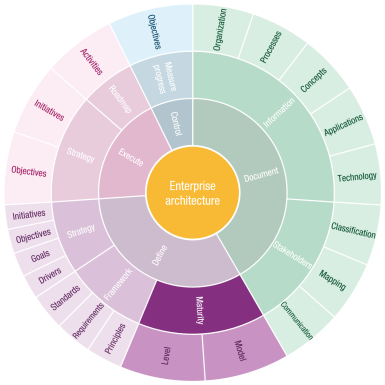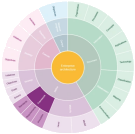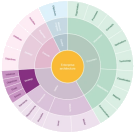One of the first things an architect should do is determine the organization’s maturity level. This will help shape the approach to implementing and evolving working with architecture. Introducing architecture as a practice is complex and time-consuming. Organizations are accustomed to doing things a certain way. Therefore, it is difficult (though not impossible) to change what is ingrained in the organization’s system and culture. It requires patience. However, when the first changes become visible, they provide the motivation to continue on the chosen path.

Maturity level
Not every organization is able (or rather, wants) to describe its current level of architectural thinking. The same can be said for an organization that expresses its capacity in dealing with architecture. This probably has something to do with not wanting to be seen as an organization that hasn’t gone far enough in putting architecture on the map.
More often than not, an organization doesn’t want to be seen as the one that can’t get to a minimum level of structured work. Organizations are often vague when asked about their level of structured working. However, it is important to determine the level of architectural thinking. This will allow the organization to grow. What is useful in these cases is the introduction of a maturity model. Such a model allows the organization to start the conversation about its maturity using clearly defined levels. These levels guide the organization from one level to the next.
Maturity model
The purpose of an Enterprise Architecture Maturity Model is to help organizations improve the implementation and execution of Enterprise Architecture and become more mature. It is also used to understand which areas need improvement. By understanding the organization’s maturity level, the organization can make targeted improvements to the implementation of Enterprise Architecture to achieve better business results.
Architecture artifacts and deliverables
The following architecture deliverable can be created during the first step of the second stage of the Implementation Wheel.


